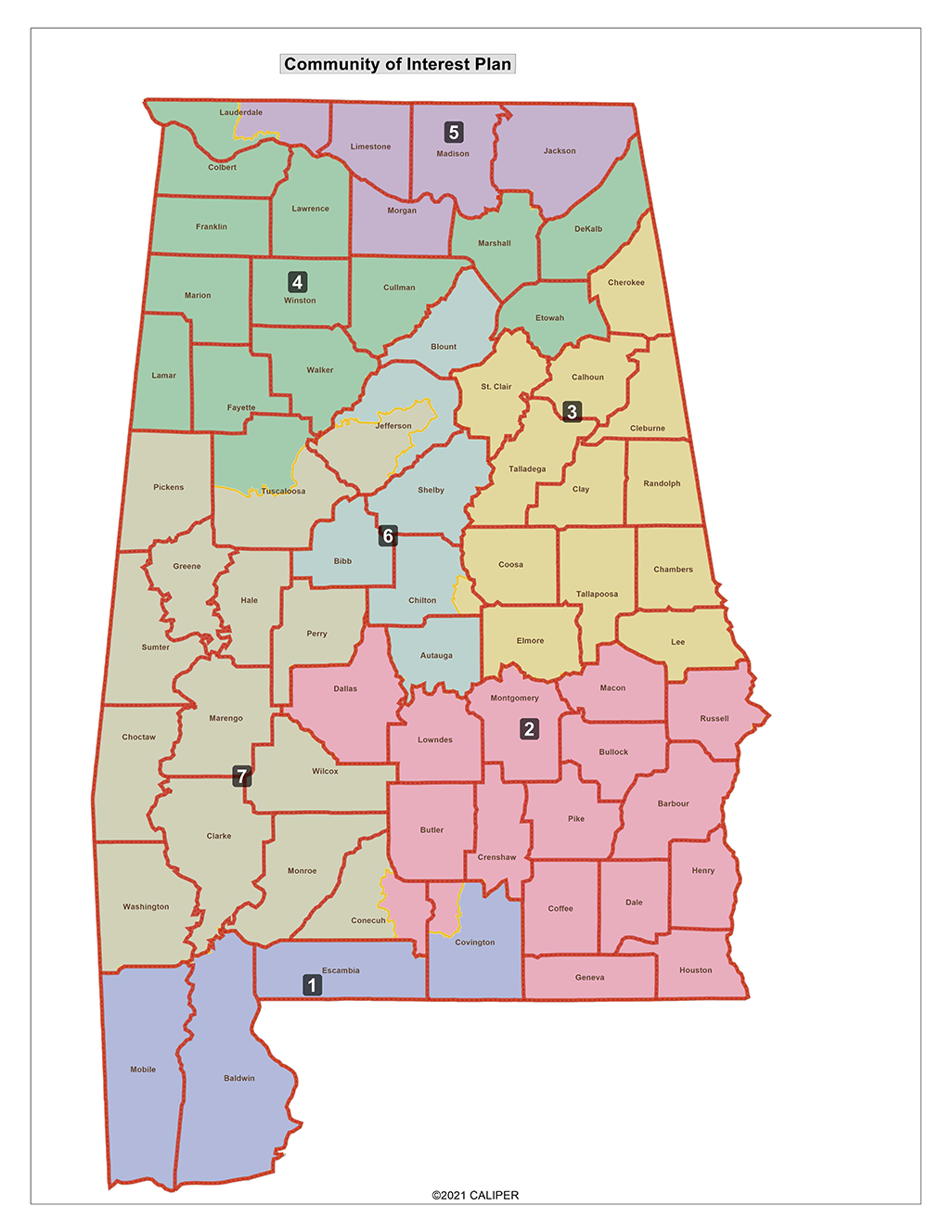
Alabama is first state to suffer due to Supreme Court’s racial gerrymander order
Quin Hillyer
Video Embed
The Alabama state legislature this week is in a wild special session, trying to fix a mess the United States Supreme Court made of the state’s congressional districts. The high court has wreaked havoc. The state’s citizens, black and white alike, will be worse off because of it.
As described in a Washington Examiner editorial and several expert columns, the court last month in Allen v. Milligan ordered Alabama to re-draw its district lines to create a much better “opportunity” for a second black person to be among the state’s seven-member congressional delegation. The court’s heavy-handed order to racialize redistricting comes despite virtually no change in racial composition from three decades of earlier maps the courts approved with only one black-majority district, and even though Alabama’s recent history shows far less racially polarized voting than in the first 125 years after the Civil War.
BIDEN’S DEFICITS THREATEN ECONOMIC DOOM
The awful Allen v. Milligan decision amounted to a feigned solution in search of a non-existent problem. Because of it, the legislature this week faces a nearly unsolvable dilemma.
Technically, the Supreme Court kicked redistricting back to a lower-court three-judge panel, which in its infinite non-wisdom gave the legislature only until July 21, just 43 days after the high court ruled, to produce a new district map. Compounding the difficulty, Gov. Kay Ivey (R-AL) called for the session to begin only today, July 17, providing just five days to get the job done.
The lawmakers entered the session this morning with no pre-arranged obvious outcome. Ten possible maps lead the list for consideration. Of those, only three create two majority-black districts, and two others create a single majority-black district with a second “opportunity district” within a few percentage points of a black plurality.
All three of the two-black maps send a strange tendril into coastal Mobile County, separating its black neighborhoods from its white ones and putting the former in a district with largely black areas clear across the state. As Justice Clarence Thomas noted in his dissenting opinion from Allen v. Milligan, the destruction of Mobile’s obvious and unique “community of interest” would violate longstanding considerations in redistricting policy — not to mention treating a swath of citizens as blacks first and Mobilians second, leaving them dominated by population centers from far-away Montgomery and even farther away on the Georgia state line.
Technically, the high court decision can be read not to mandate a second black-majority district, but only that a second district be closely enough divided among races that there is an “opportunity” for black voters to elect a “candidate of their choice.” That option, though, is subject to a bewildering series of analyses amounting to figuring out how many white and black angels can dance on a pinhead.
Even so, only one leading plan keeps Mobile County intact while still providing a second real “opportunity district” for black voters. Shown below, it, in turn, would create strangely shaped 4th and 6th districts, while its “opportunity district” (number 2) would be 48.5% white to 42.5% black (with 9% “other”). In sum, the legislators are desperately trying to use race as the major determinant in district lines, without splitting Mobile’s historic unity, all because the high court accepts the assumption that skin color determines voting interest more than economics, culture, or geography.

It is an assumption that is noxious morally and dubious both constitutionally and statutorily. Proper readings of both the Constitution and the Voting Right Act, as described by Justices Thomas and Samuel Alito, should keep racial angel-counting out of the process except in extreme circumstances.
CLICK HERE TO READ MORE FROM THE WASHINGTON EXAMINER
In making its assumption, the Supreme Court majority has given the state legislature an almost impossible task with no ethically reasonable options. No matter what happens this week or with a “special master” appointed by the three-judge panel, new rounds of costly litigation surely will ensue. And some state residents will be ping-ponged back and forth among districts as political orphans, represented by congressmen largely unfamiliar with their local communities that heretofore were vital parts of other congressmen’s districts.
The high court’s mistaken dictate is abominable. As its same, flawed decision is applied to other states, its harms will reverberate across the country in ways similar to Alabama’s cluster foul this week. And racial discord will not decrease but grow, all as the fault of Chief Justice John Roberts and four benighted colleagues.
